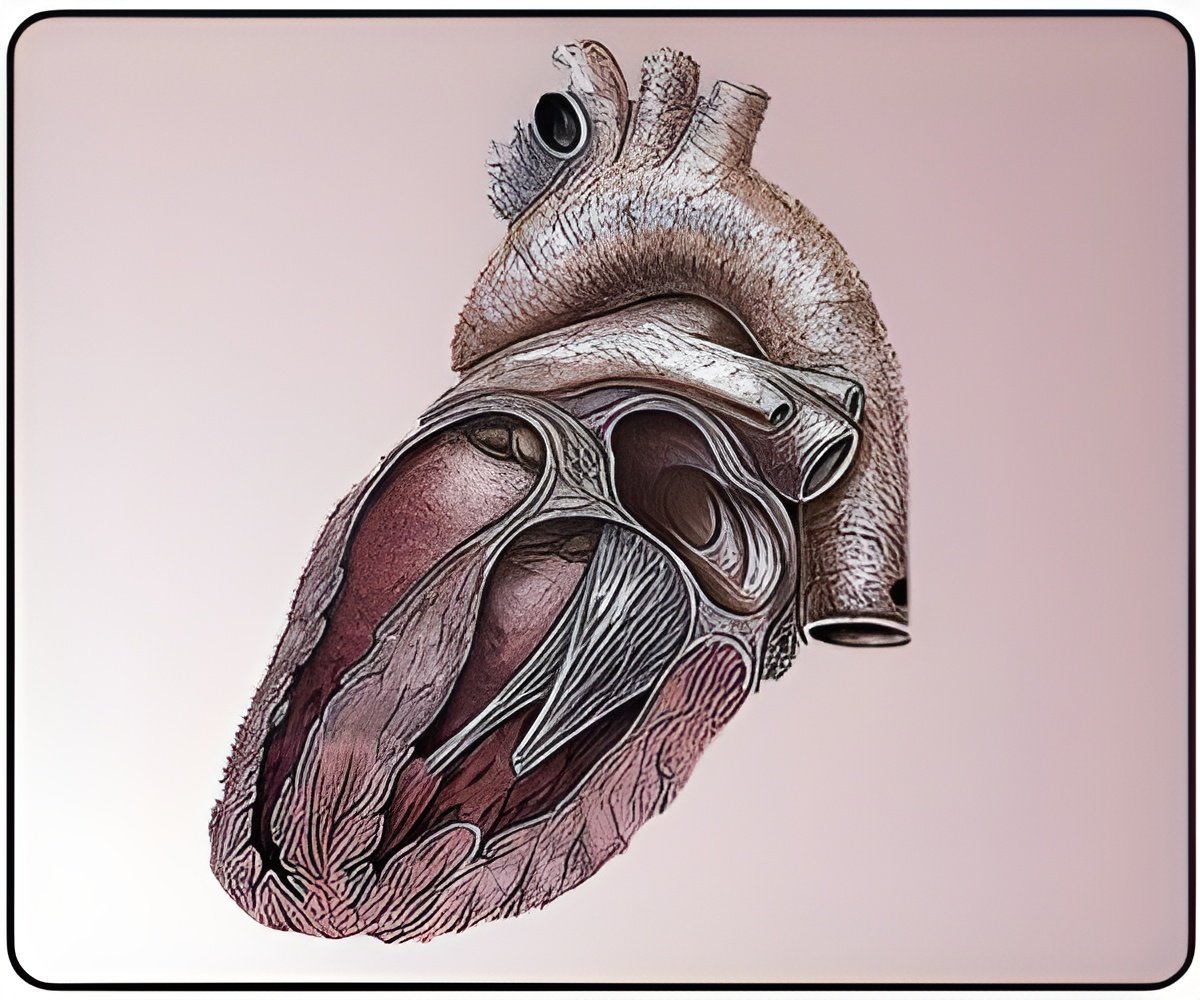
"Over the past 15 years, the global picture of acute myocardial infarction has undergone profound changes," said Professor Danchin. "First, improvements in biological techniques have led to an easier recognition of myocardial cell death, thereby increasing the number of patients with documented myocardial necrosis (i.e. myocardial infarction) considered to have NSTEMI. Second, major changes in patient management have been implemented, following the results of numerous clinical trials in patients with myocardial infarction."
Every five years since 1995 in France, nationwide surveys of patients admitted to intensive care units for acute myocardial infarction during a one-month period have been implemented. Using data from the four registries from 1995 to 2010, the researchers sought to determine: 1) potential changes in the population of patients with heart attacks; 2) changes in their management; and 3) changes in clinical outcomes.
In all, 10,610 patients participated (1995: 2,152; 2000: 2,320; 2005: 3,059; 2010: 3,079). The proportion of patients with NSTEMI (1995: 29%; 2000: 21%; 2005: 47%; 2010 44%) increased after 2000 because of the generalized use of troponin measurements to detect myocardial necrosis (see figure 1). "Previously these patients would have been considered to have unstable angina," said Professor Danchin. "The distinction is important because unstable angina usually carries a lower risk than NSTEMI."
Mean age from 1995 to 2010 remained stable in NSTEMI patients (68 years) and decreased from 66 to 63 years in STEMI patients. From 1995 to 2010 there were increases in the prevalence of obesity (14% to 22%), diabetes (17% to 21%), hypertension (46% to 54%), current smoking (31% to 34%) and hypercholesterolemia (36% to 43%). "Overall, the patient risk profile is less severe in 2010 than in 1995 for both STEMI and NSTEMI patients, although several of the most common risk factors for developing coronary artery disease increased during this time period," said Professor Danchin.
The initial severity of infarction declined progressively, in particular with fewer patients having signs of heart failure. Professor Danchin said: "This could be because of the efficacy of primary prevention in patients with previously recognised risk factors, or secondary prevention in patients with known coronary artery disease."
Advertisement
Thirty-day mortality dropped during 1995 to 2010 from 12.9% to 3.9% for all acute myocardial infarction patients. It fell from 13.7% to 4.4% in STEMI patients and 10.9% to 3.2% in NSTEMI patients (see figure 2). All in-hospital complications significantly decreased.
Advertisement
Source-Eurekalert










